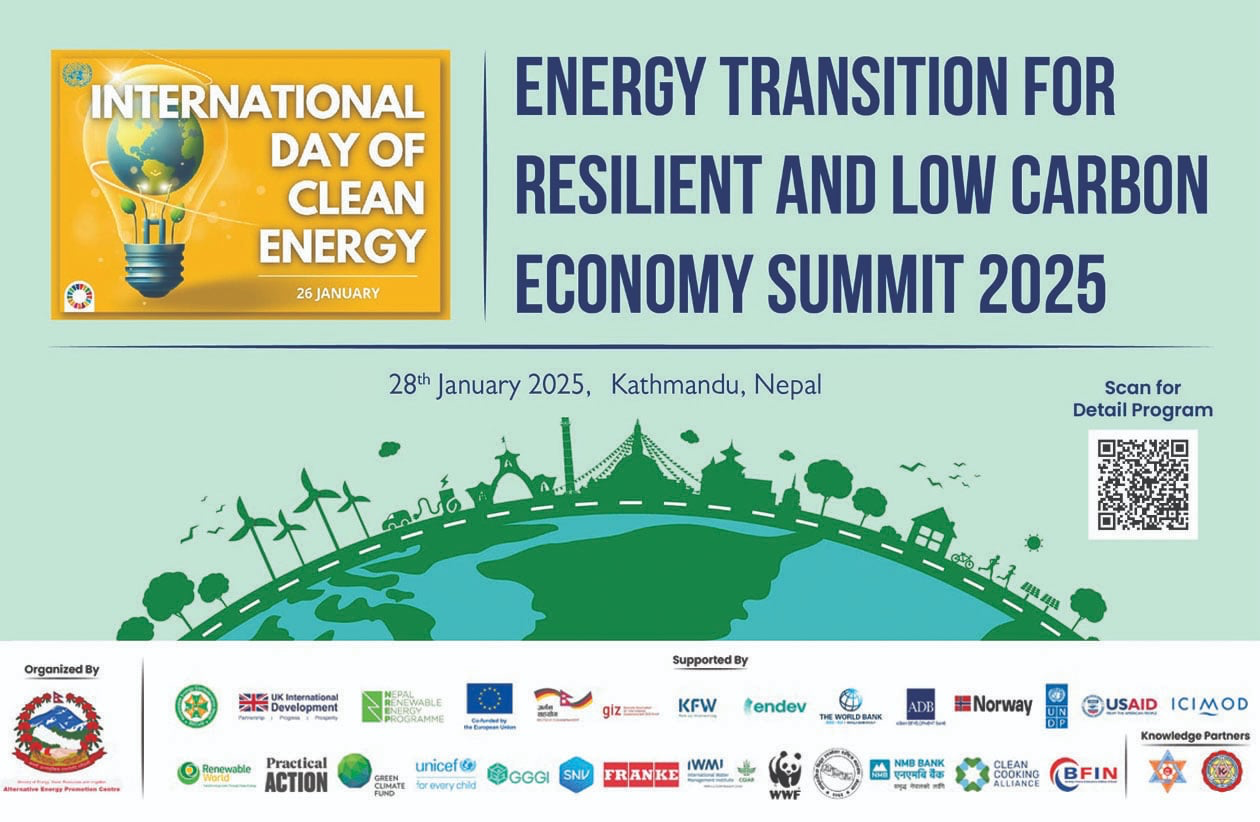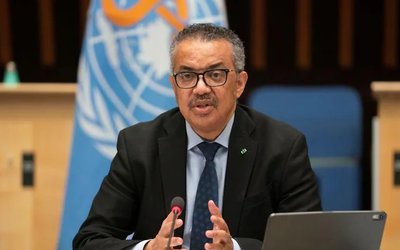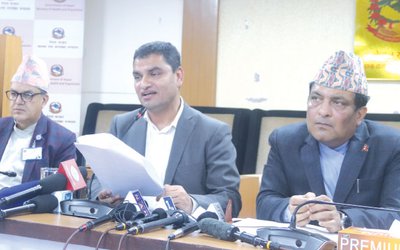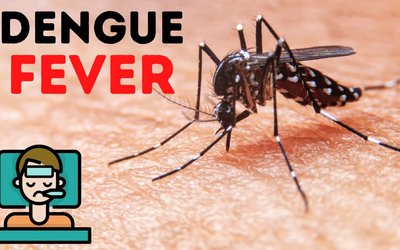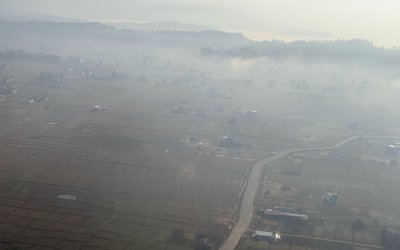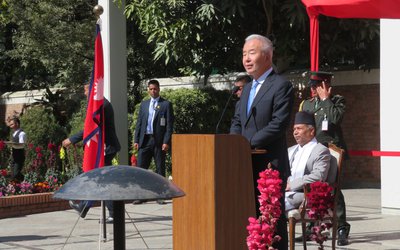
Suicide is a public health problem. An estimated 800 000 people globally lose their life to suicide every year, equating to around one person every 40 seconds. Suicide is the leading cause of death among young people aged 15-29, with people of all ages vulnerable. Though suicide is a global issue, nearly 79% of suicides occur in low- and middle-income countries. The WHO South-East Asia Region is the world’s most affected region, accounting for 39% of global suicide mortality.
As this year’s World Mental Health Day emphasizes, suicide is preventable. Effective and evidence-based interventions can be implemented at population, sub-population and individual levels to prevent suicide and suicide attempts, from locking up pesticides and firearms to encouraging responsible media reporting. The Region’s Member States are taking important steps to address the issue. In line with the Regional Strategy on preventing suicide, all countries are working to develop and implement comprehensive, multisectoral suicide prevention strategies. Action in four key areas is needed.
First, leadership and governance for suicide prevention should be strengthened. National policies or strategies for suicide prevention should be developed and implemented in line with evidence, best practices and international and regional human rights conventions. To help do that, appropriate budgets should be allocated, and institutional, legal and service arrangements adjusted appropriately.
Second, health authorities should shift the focus of care towards non-specialized health settings for persons at risk of suicide. Comprehensive, community-based health and social care services ought to be developed and integrated with primary and hospital care, while continuity of care between different providers should be ensured. Greater collaboration is needed between informal health care providers, religious leaders and schoolteachers among other community members.
Third, strategies that promote mental, social and physical health and prevent suicide should be developed and rolled out across sectors. By engaging communities in programme design, common determinants that promote suicide can be identified and countered, while community-based interventions can be encouraged. It is essential that interventions and programmes do not in any way promote or glamorize suicidal ideation.
Fourth, surveillance for suicide should be established and strengthened and, wherever possible, linked to other sources of data. Sex- and age-disaggregated data ought to be collected and measured, while the direct and indirect costs of suicide and attempted suicide should be collated. Research capacity and academic collaboration needs to be improved, with a focus on aspects of suicide and suicide prevention that are of direct relevance to communities.
Each of us can do our part. If you suspect someone is struggling, you can let them know they’re not alone. If you know someone who’s lost a loved one to suicide, you can talk to them and ask how they’re doing. And if you are experiencing suicidal thoughts, you can kickstart a conversation with someone on how you’re feeling. We can all make a difference.
On World Mental Health Day, WHO reiterates its assistance to Member States in scaling up their capacity to address mental health generally, and suicide specifically. We know that suicide is preventable, and that effective, evidence-based measures can be implemented to drive down suicide attempts and reduce suicide mortality. Every 40 seconds we can prevent a tragedy. We can – we must – work together to prevent suicide.

Dr. Poonam Khetrapal Singh
Singh is WHO Regional Director for South-East Asia
- World Hepatitis Day 2020
- Jul 31, 2020
- Achieve Gender Equality In This generation
- Mar 07, 2020
- Accelerate Health Equity For Older People And Advance Universal Health Coverage
- Sep 30, 2019
- Accelerate Actions To Slash Tobacco Use And Advance Health Across The WHO South-East Asia Region
- May 30, 2019
- Defeating Malaria Demands High-impact, Country-Led And Owned Approaches
- Apr 25, 2019
